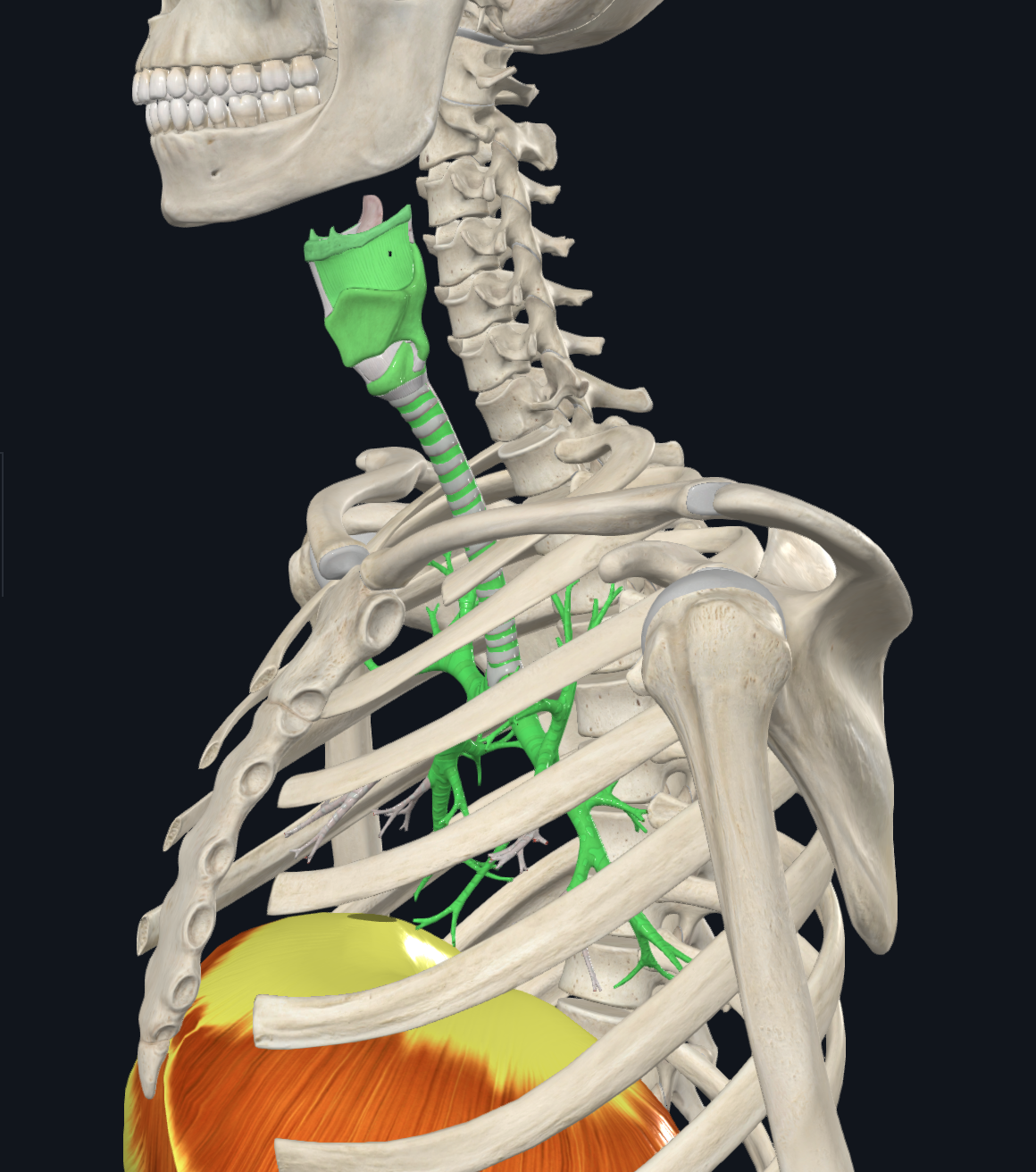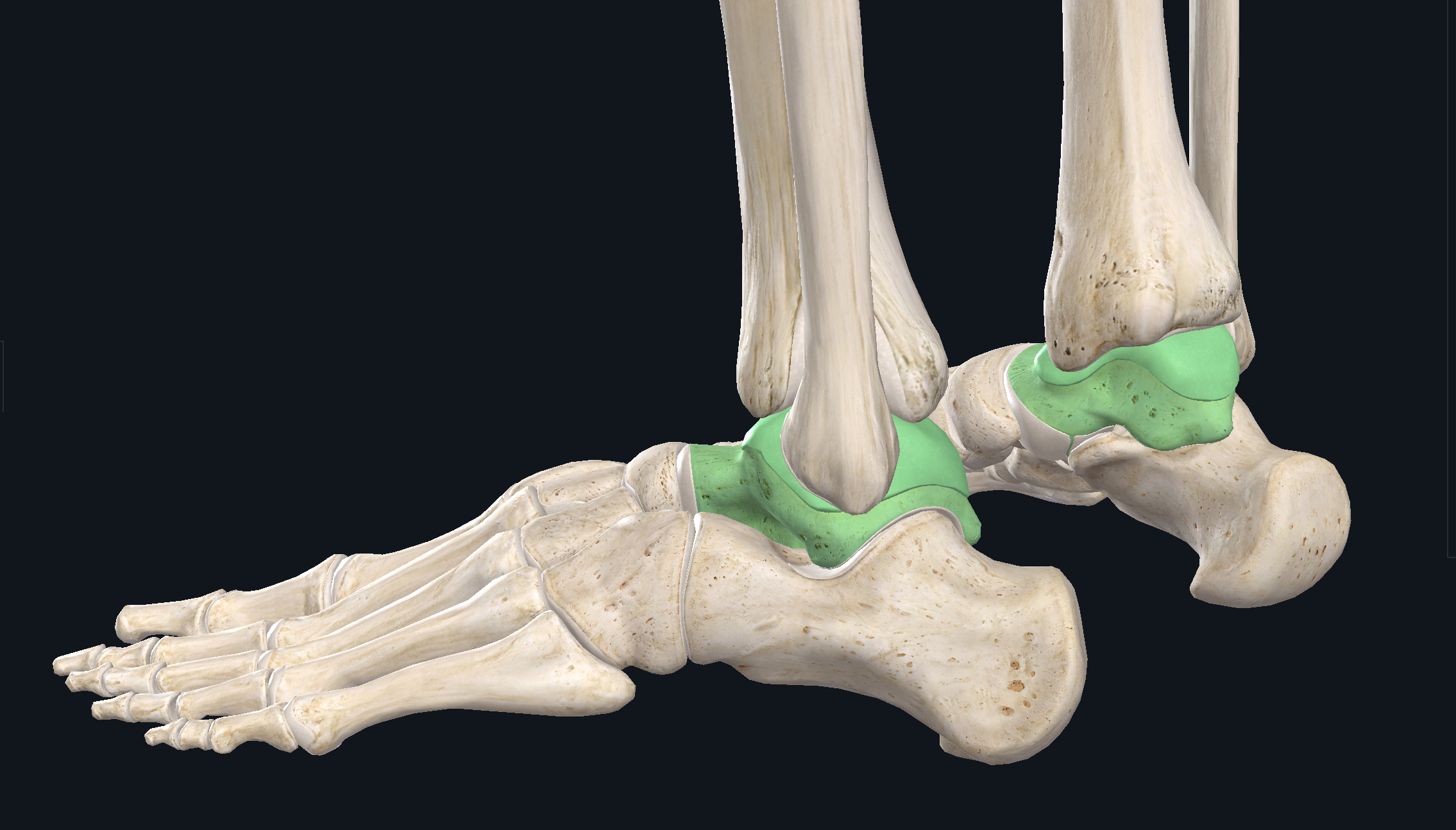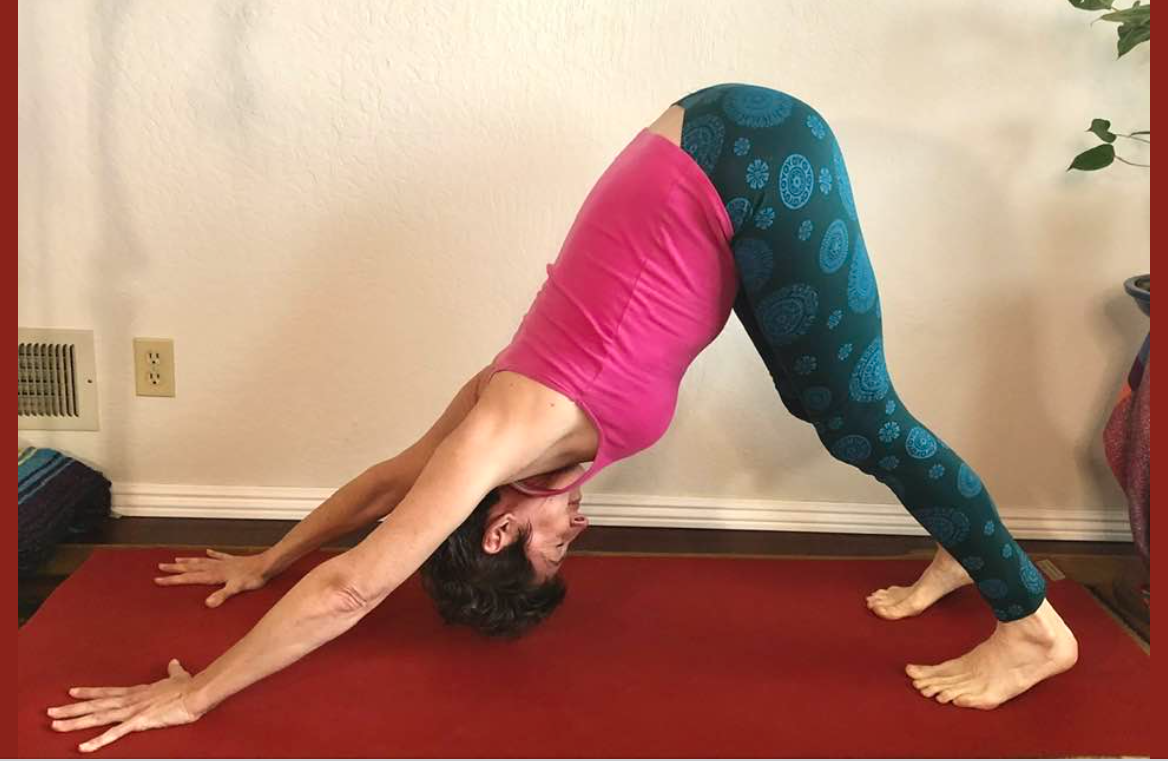Vertical Abs Compress Your Spine & Shorten Your Breath. Horizontal Abs Lengthen Your Spine & Expand Your Breath. Embody & Strengthen Your Ideal Core.
In the realm of fitness and wellness, core strength is often emphasized for its myriad benefits, from improving posture to enhancing athletic performance. Yet, the approach to developing this crucial muscle group can significantly impact overall health. This article delves into the differences between vertical and horizontal abs, their effects on the spine and breath, and how to embody and strengthen your ideal core for optimal health and functionality.
Introduction
Core strength is the cornerstone of physical health, influencing everything from balance to breathing. While traditional abdominal exercises often focus on vertical abs, emerging research suggests that horizontal abs offer distinct advantages. Understanding the impact of these muscle groups on your spine and breath can transform your approach to fitness and well-being.
The Role of the Core in Overall Health
Your core is more than just your abs. It includes muscles in the pelvis, lower back, hips, and abdomen, working harmoniously to stabilize your body. A strong core enhances balance, supports the spine, and facilitates efficient movement. However, the way we train our abs can either enhance or impair these functions.
Vertical Abs: An Overview
Vertical abs, targeted through exercises like crunches and sit-ups, are often the focal point of traditional core workouts. These exercises involve spinal flexion, where the spine bends forward, emphasizing the rectus abdominis, the muscle responsible for the coveted six-pack.
How Vertical Abs Compress Your Spine
While vertical abs exercises are popular, they can lead to spinal compression. Repeatedly flexing the spine in a forward motion places significant stress on the vertebrae and discs. Over time, this can contribute to issues such as herniated discs, chronic back pain, and reduced spinal mobility.
Impact on Breathing
The compression of the spine associated with vertical abs exercises can also shorten breath. As the spine flexes, the rib cage is constrained, limiting the expansion of the lungs. This reduction in lung capacity can lead to shallow breathing, reducing oxygen intake and overall vitality.
Horizontal Abs: An Overview
Horizontal abs, on the other hand, are engaged through exercises that promote spinal elongation and stability, such as planks and leg raises. These exercises focus on maintaining a neutral spine, emphasizing the transverse abdominis and obliques.
How Horizontal Abs Lengthen Your Spine
Horizontal abs exercises encourage spinal lengthening by maintaining a neutral position. This approach reduces the risk of compressive forces on the vertebrae and promotes better spinal alignment. By strengthening the muscles that support a neutral spine, horizontal abs exercises can help prevent back pain and improve posture.
Impact on Breathing
Unlike vertical abs exercises, horizontal abs routines facilitate deeper, more expansive breathing. A neutral spine allows the rib cage to fully expand, enhancing lung capacity. This increased breath support can improve oxygenation, energy levels, and overall well-being.
The Ideal Core: Balance and Functionality
An ideal core embodies a balance between strength and functionality. Rather than focusing solely on aesthetic goals, it’s essential to incorporate exercises that promote both spinal health and efficient breathing. Combining vertical and horizontal abs exercises can help achieve a well-rounded, resilient core.
Strategies for Strengthening Your Ideal Core
To develop an ideal core, it’s crucial to integrate a variety of exercises that target different muscle groups while prioritizing spinal health and breath support. Here are some effective strategies:
Incorporate Planks and Variations
Planks are a staple for engaging horizontal abs and promoting spinal lengthening. Variations such as side planks and plank leg lifts add complexity and challenge, further enhancing core stability and strength.
Focus on Controlled Movements
Perform exercises with controlled, deliberate movements to maximize muscle engagement and minimize strain on the spine. Avoid jerky or rapid motions that can compromise form and increase injury risk.
Include Functional Training
Incorporate functional training exercises that mimic everyday movements. These exercises, such as bird-dogs and farmer’s carries, enhance core strength in practical, real-world scenarios, improving overall functionality and reducing injury risk.
Practice Mindful Breathing
Pair core exercises with mindful breathing techniques. Focus on deep, diaphragmatic breaths to enhance lung capacity and support spinal health. Breathing exercises like diaphragmatic breathing and 4-7-8 breathing can be integrated into your routine for added benefits.
Avoid Overtraining Vertical Abs
While it’s important to train the rectus abdominis, avoid overemphasizing vertical abs exercises. Balance your routine with horizontal abs exercises to prevent spinal compression and support overall core health.
Utilize Stability Balls and Resistance Bands
Incorporate stability balls and resistance bands to add variety and challenge to your core workouts. These tools engage multiple muscle groups, enhancing core stability and strength.
Monitor Form and Posture
Always maintain proper form and posture during exercises. Engage the core, keep the spine neutral, and avoid excessive arching or rounding of the back. Proper alignment reduces the risk of injury and maximizes the benefits of each exercise.
Warm-Up and Cool Down
Begin each workout with a thorough warm-up to prepare your muscles and joints for exercise. End with a cool-down to promote recovery and flexibility. Incorporate dynamic stretches in your warm-up and static stretches in your cool-down.
Conclusion
Understanding the differences between vertical and horizontal abs and their impact on the spine and breath is essential for developing an ideal core. By incorporating a balanced approach to core training, you can enhance spinal health, improve breathing, and achieve a strong, functional core. Remember to prioritize form, vary your exercises, and integrate mindful breathing techniques to support overall well-being and vitality.
FAQs
- How do vertical abs compress the spine?
Vertical abs exercises, such as crunches and sit-ups, involve spinal flexion, which can compress the vertebrae and discs, leading to potential issues like herniated discs and chronic back pain. - Why do horizontal abs lengthen the spine?
Horizontal abs exercises, like planks, maintain a neutral spine position, reducing compressive forces and promoting better spinal alignment, which helps prevent back pain and improves posture. - Can vertical abs exercises affect breathing?
Yes, vertical abs exercises can shorten breath by constraining the rib cage during spinal flexion, limiting lung expansion and reducing overall lung capacity. - How do horizontal abs exercises improve breathing?
Horizontal abs exercises facilitate deeper breathing by allowing the rib cage to fully expand, enhancing lung capacity and supporting better oxygenation and energy levels. - What are some effective horizontal abs exercises?
Effective horizontal abs exercises include planks, side planks, plank leg lifts, and bird-dogs, all of which promote spinal lengthening and core stability. - Why is it important to balance vertical and horizontal abs exercises?
Balancing vertical and horizontal abs exercises ensures a well-rounded core routine that supports spinal health, improves breathing, and enhances overall functionality and strength.





